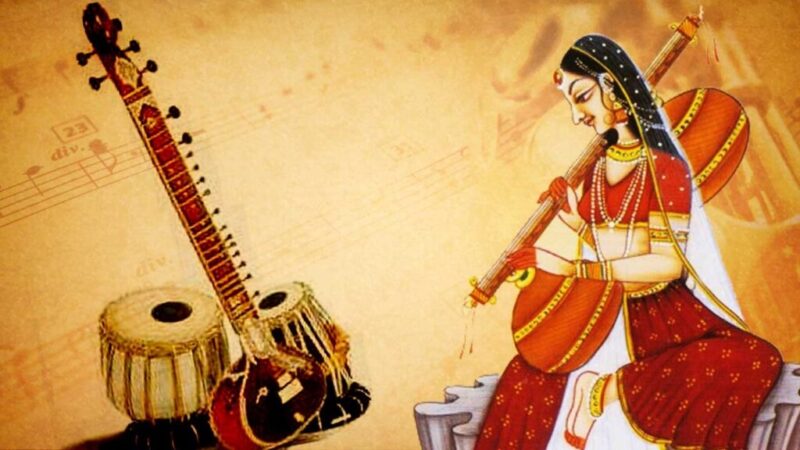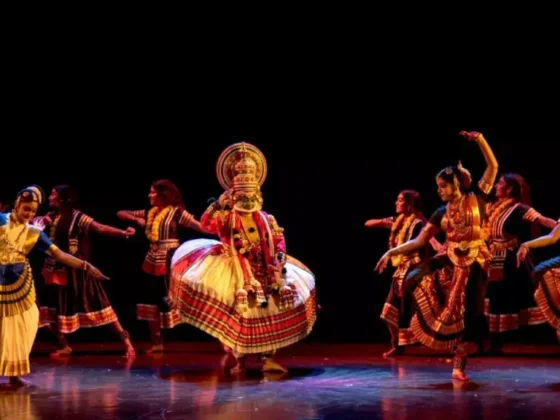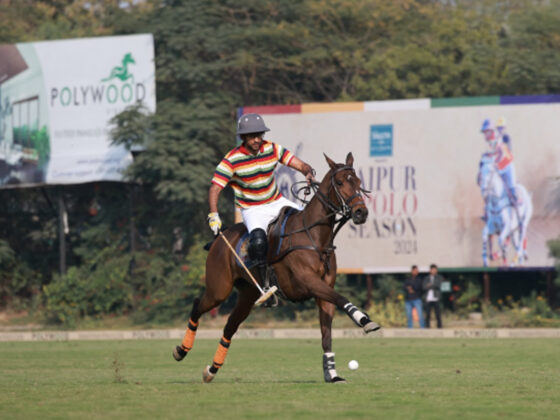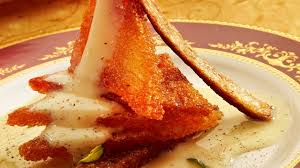Rajasthan, historically known as Rajputana, has a rich musical heritage that reflects its royal traditions and cultural vibrancy. The role of music in Rajputana extends beyond entertainment, serving as a medium of storytelling, devotion, and royal grandeur. From soul-stirring folk tunes to refined classical performances in royal courts, Rajputana’s music has shaped the region’s identity for centuries.
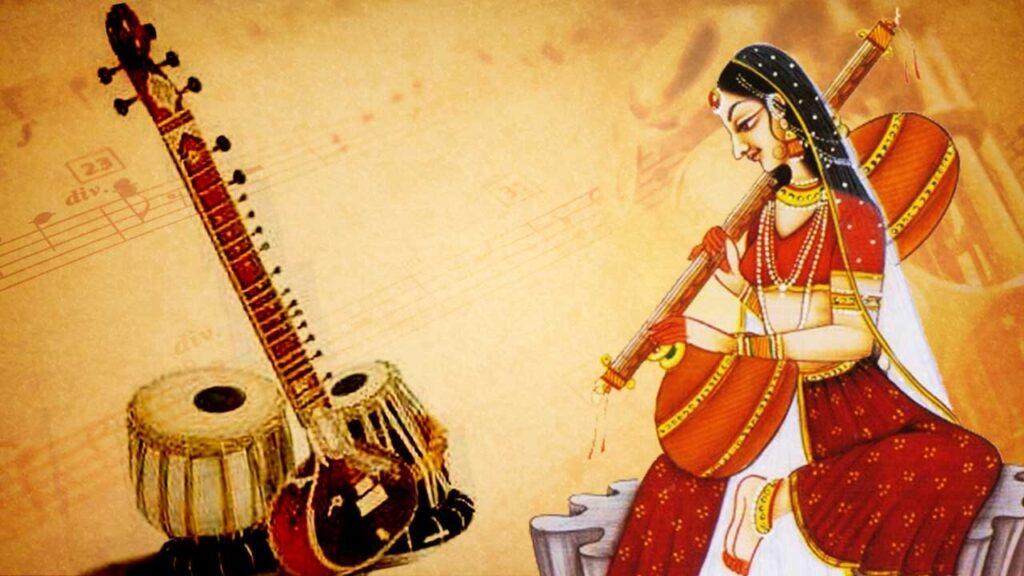
Folk Music: The Voice of the Land
Folk music in Rajputana is deeply connected to the daily lives, traditions, and emotions of its people. Sung by local communities, these melodies narrate heroic tales, romantic ballads, and spiritual devotion.
1. Ballads of Valor and Heroism
Rajput warriors were celebrated through folk ballads like “Pabuji Ki Phad” and “Devnarayan Ki Katha”, which recount legendary battles and heroic sacrifices. Bards, known as Bhats and Charans, played a crucial role in keeping Rajput history alive through song.
2. Love and Devotional Songs
Melodies like the Maand, a traditional Rajasthani style, express deep emotions and poetic storytelling. Bhajans and kirtans, sung in devotion to Hindu deities, have been integral to Rajputana’s spiritual landscape. Saints like Meera Bai, the Rajput princess and devotee of Lord Krishna, contributed significantly to devotional music.
3. Festival and Celebration Songs
Folk music adds rhythm to Rajasthan’s grand festivals. Ghoomar and Kalbeliya songs accompany traditional dances, while wedding songs like Banado celebrate marital unions with joy and festivity.
Classical Music: The Rajputana Court’s Elegance
The role of music in Rajputana extended to royal courts, where classical music flourished under the patronage of Rajput kings. Influenced by Hindustani classical traditions, Rajput rulers invited renowned musicians to perform in their palaces.
1. Patronage of Classical Music
Kings of Jaipur, Jodhpur, and Udaipur supported legendary musicians like Tansen and Baiju Bawra, making their courts centers of musical excellence. The Jaipur Gharana, known for its intricate dhrupad and khayal compositions, emerged from this era.
2. Royal Instruments and Performances
Musicians in Rajput courts mastered instruments like the Ravanahatha, Sarangi, and Sitar, which added depth to classical compositions. Court performances often included Dhrupad, Thumri, and Bhajan recitals, which mesmerized audiences with their melody and rhythm.
Music as a Symbol of Rajputana’s Heritage
Music was more than an art form; it symbolized prestige, power, and devotion in Rajputana. Even today, Rajasthan preserves its musical legacy through festivals like Jodhpur RIFF (Rajasthan International Folk Festival) and Udaipur World Music Festival, attracting artists from around the world.
Conclusion
The role of music in Rajputana spans from folk melodies that capture the essence of rural life to the grandeur of classical performances in royal courts. This musical tradition continues to inspire and enchant, making Rajasthan a timeless hub of cultural heritage.


